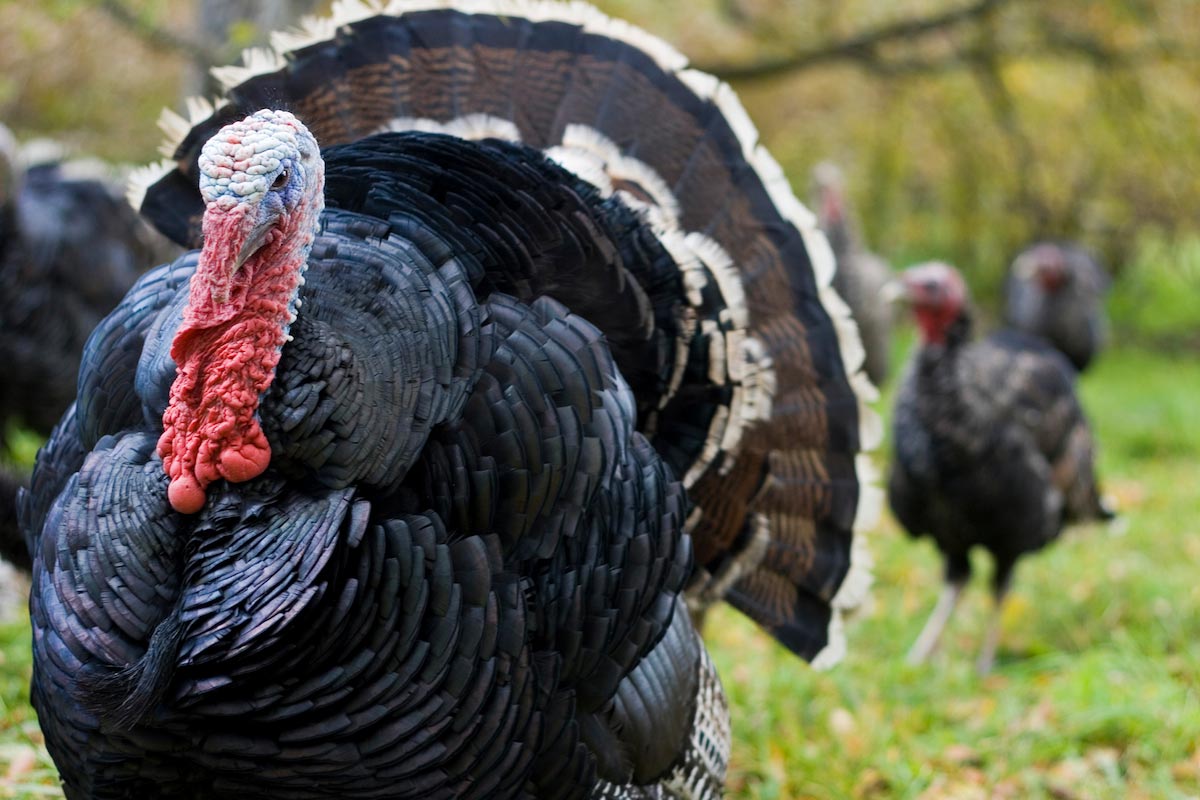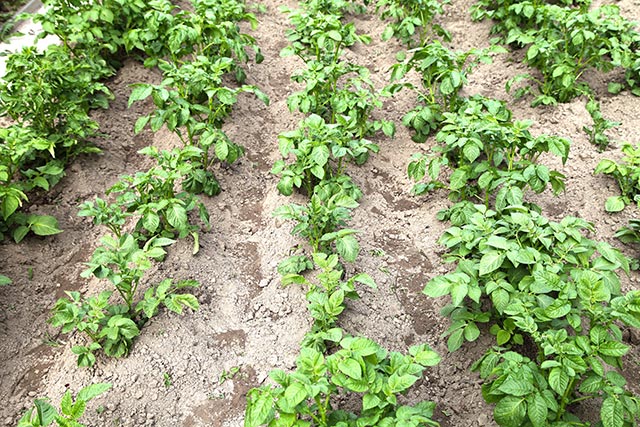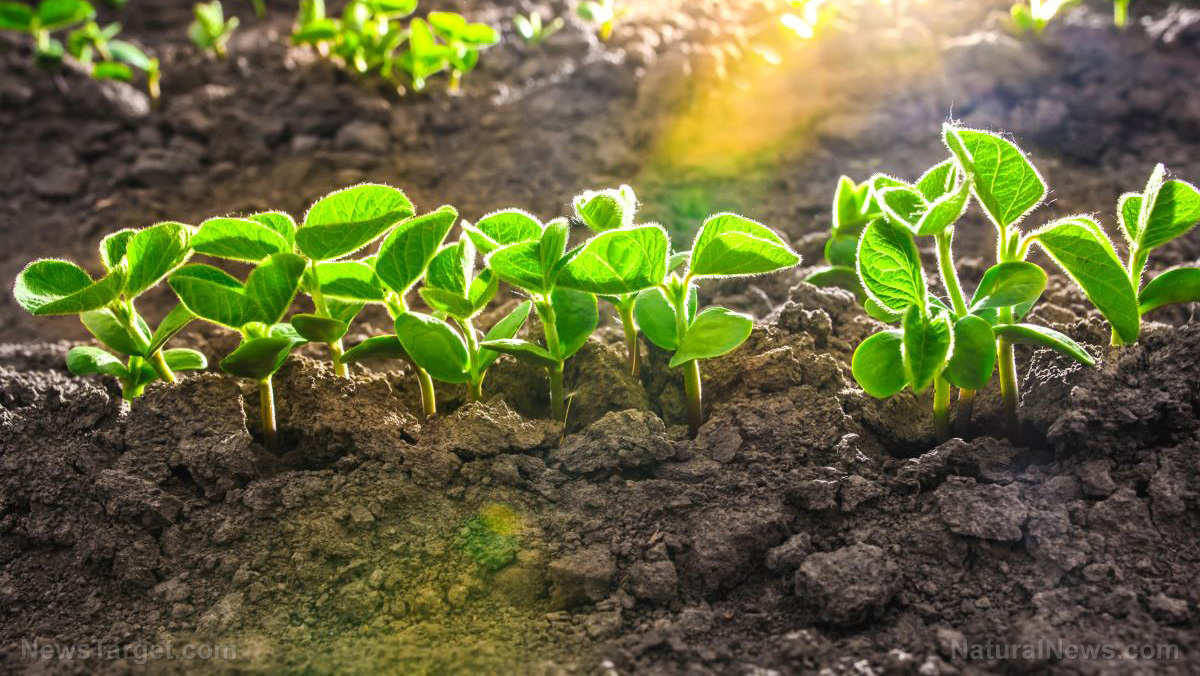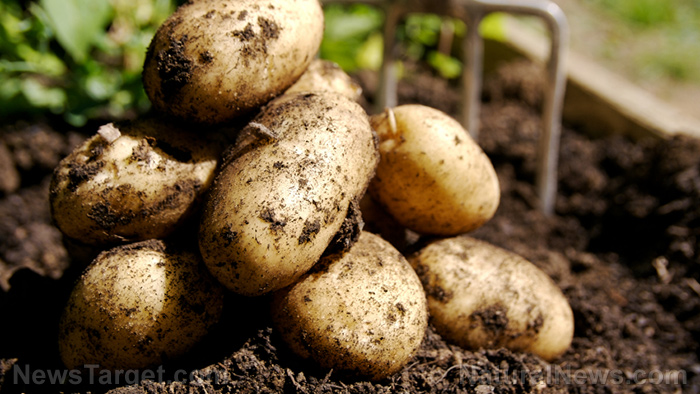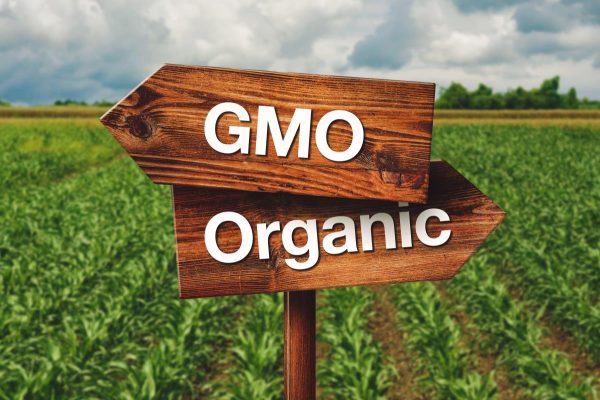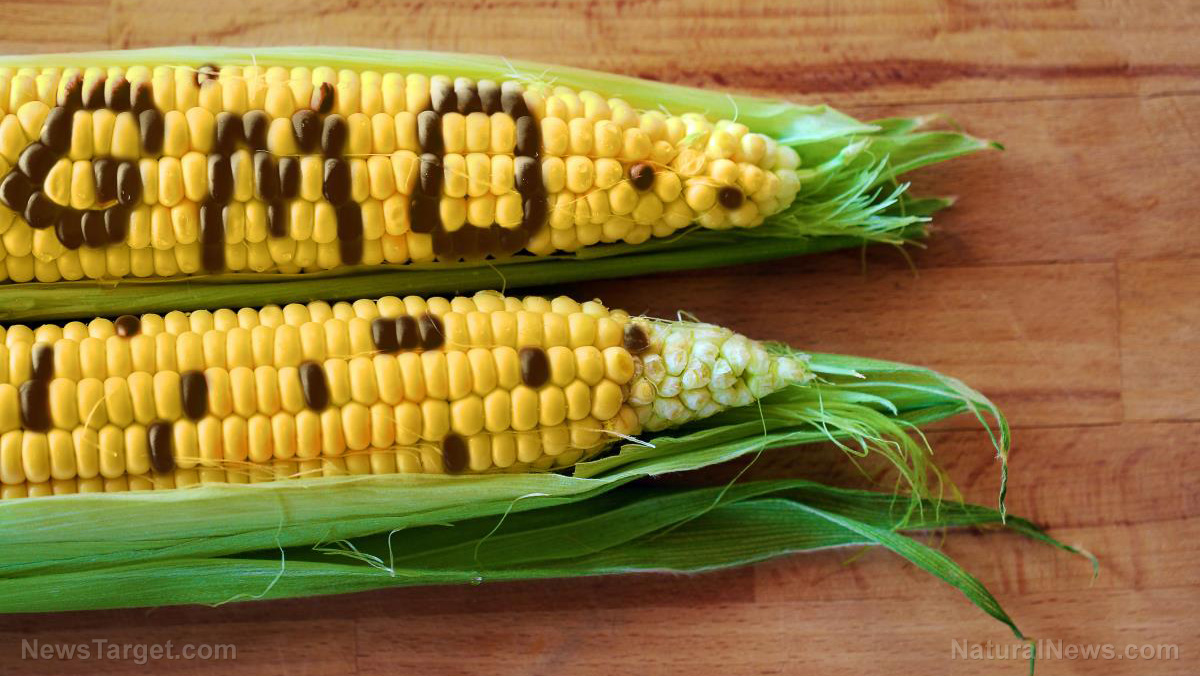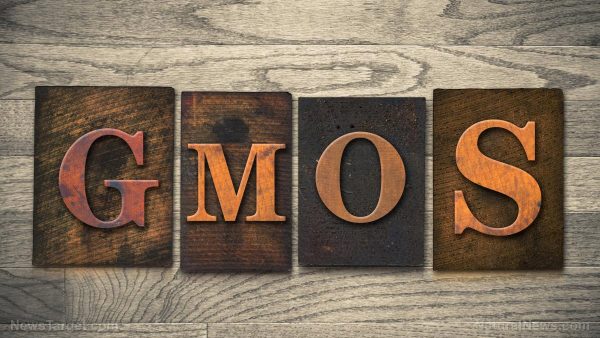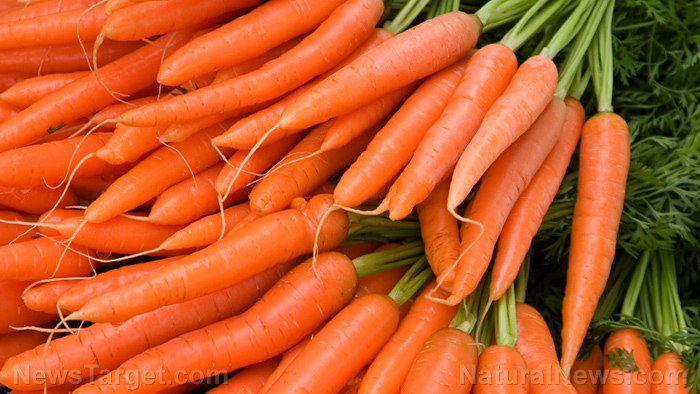Top 8 carcinogenic food additives and ingredients BANNED nearly everywhere in the world except … wait for it … the United States of America
09/05/2017 / By S.D. Wells

There’s one reason the United States has such loose regulations when it comes to allowing known carcinogens and health-crippling chemicals to be put in our most popular food products: It’s a big bread winner for the pharmaceutical industry. Why? It’s almost inevitable in America that once you start reeling from the effects of eating chemicals that you will visit a medical doctor, who will then prescribe chemical drugs to “manage” the symptoms of toxic food additive disorder.
You see, most countries around the world have a universal healthcare insurance system that provides relative equality of access, with fees set and maintained by a government committee. That means the government wants their citizens to be healthy in order to protect the people and the national budget. In America, however, the sicker the citizens get, the more money gets pocketed by the government, the sick care industry, and of course the toxic food industry, all of which have free reign over the US regulatory industries, such as the FDA, the CDC and the USDA.
That, my friends, is why it’s not a conspiracy theory that most conventional food in the USA is loaded with food toxins, including artificial flavors, colors, hormones, antibiotics, bleach, ammonia, conditioners, preservatives, industrial pollutants, insecticides and weedkiller. This is another reason why medical doctors in the USA are never trained or educated about nutrition in medical school. Why would a doctor trained to push chemical drugs for a living get training on how to help people eat foods that are chemical-free? It just wouldn’t make sense to the insidious Ponzi scheme we know as chronic symptom-management healthcare today. Here come the eight known food poisons most of the world bans, except for the USA.
#1. Flame-retardant chemicals in drinks
Originally patented as a flame retardant, brominated vegetable oil (BVO) is a synthetic chemical that can be found in numerous popular drinks in the USA, including sodas and sports drinks. Would you consume a beverage that you knew contained a little bit of gasoline, kerosene or diesel fuel? Why not? Is that because you’re smart and have common sense, or because you recognize the names as highly flammable fuels? What if you found out gasoline helped preserve your favorite foods and drinks? Would you add just a little to preserve their shelf life and so you wouldn’t have to worry about them “going bad” anymore? Start scanning every drink you’re considering consuming for BVO. It’s dangerous for humans to consume. In fact, BVO bio-accumulates in fatty human tissue and even in breast milk, and can also cause iodine deficiency and nerve disorders.
#2. Meat tainted with dangerous drugs like ractopamine and other synthetic hormones
At least a third of U.S. cows, pigs, turkeys and chickens are jacked up with the well-known asthma drug called ractopamine to plump them up right before their heads are chopped off or their throats slit. Yes, most of the drugs are still in the meat when you eat it. Ractopamine-laced meat is banned in over 150 different countries around the world, including Russia, China and Europe, yet for the reason covered earlier, U.S. meats are not even tested for it at all. The FDA approved rBGH and rBST growth hormones for drugging up cows in 1993. Most of those cows must be treated with antibiotics and many suffer birth defects. No meat in the U.S. has to bear even so much as a label warning about toxic, dangerous meat drugs.
#3. Gelatin: Reduced animal parts you would never eat, if you only knew
Did you know that Starburst candy in America contains gelatin, but not the ones sold in other countries? That’s because gelatin is banned nearly everywhere else in the world. Why? Gelatin is made from the body parts of infected and drugged animals that aren’t used for fast food, like muscles, hooves, feet, hides and connective tissues. It’s all boiled down (reduced), loaded with sugar and food coloring, and sold to our children as candy. Other countries ban gelatin, knowing how toxic it can be for humans to consume, but not America! You would not believe how many foods and candies contain gelatin. Avoid marshmallows, gel capsule vitamins, fruit snacks, Jello, gummy worms, gummy bears, gummy “cola” candy, and often sour cream and cake frosting.
#4. Artificial food dyes
You can make the most beautiful salad from naturally colorful fruits and vegetables, and food dyes can also be made from unlimited food ingredients, but in America, nearly every food item that’s colorful is made with toxic industrial dyes, including children’s candy. From rainbow candies and red-tinted salmon to super-orange mac-n-cheese, toxic artificial colorants include yellow #5, yellow #6 and red #40, just to name a few.
#5. Azodicarbonamide (ADA)
Not many people can pronounce it correctly on the first try, but it sure is easy to spot! This yoga mat chemical is often found in commercially baked bread, and serves as a whitening agent and dough conditioner. The World Health Organization (WHO) links ADA to disease.
#6. Arsenic
Long-term arsenic consumption triggers cancer and heart disease. It’s on the top 10 list for WHO’s public health concerns. In the EU, arsenic is banned in livestock feed, but the FDA defends its use here, especially in poultry. Check your tap water too!
#7. Olestra flavor enhancer
One of Time’s 50 Worst Inventions ever includes FDA-approved Olestra, a fat-free and calorie-free chemical used to bring out flavoring in fries, chips, frozen yogurt and all kinds of diet foods. Olestra puts the “die” back in diet. It causes gastrointestinal disease in children, and has been found to actually increase appetite. Go figure.
#8. Potassium bromate (bromated flour)
Mountains of research prove that bromated flour is a human carcinogen. In rats and mice it causes thyroid and kidney cancer. Humans are animals too. Check those hamburger and hotdog buns for poison!
Conclusion: Stick with a whole food plant-based diet and you won’t need to worry about all these toxins that are added to processed food. Watch the video below to learn more!
Sources for this article include:
Tagged Under: azodicarbonamide, CDC, FDA, food additives, food ingredients, food preservatives, gelatin, GMO, hormones, Synthetic ingredients, toxic chemicals, toxic dyes, toxic food

